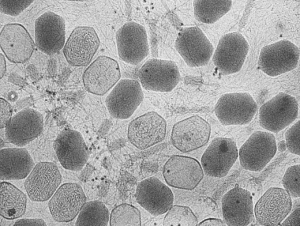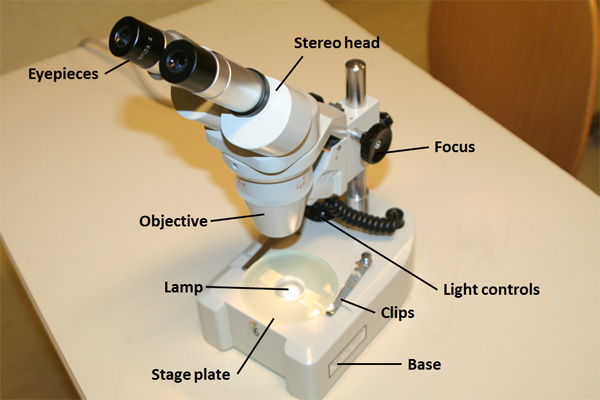Uncategorized
Microscopes and Tools for Exploring the Micro World
Microscopes and Tools for Exploring the Micro World
The micro world, often invisible to the naked eye, is full of hidden wonders waiting to be explored. From the structure of cells to the tiny microorganisms that thrive in water and soil, a microscope is a window into this fascinating universe. For students, scientists, and anyone curious about life on a microscopic scale, having the right tools is essential. At Glowtopis.com, we provide a comprehensive selection of microscopes and accessories designed to enhance learning and exploration of the micro world.
Why Explore the Micro World?
Exploring the micro world opens up a new realm of science, providing insights into many biological, chemical, and physical processes that are fundamental to life. Understanding microorganisms, cells, and small particles is not just important for biology but for fields like medicine, environmental science, and material science.
Key benefits of studying the micro world include:
- Understanding Life at the Cellular Level: Explore how cells function, grow, and interact.
- Uncovering the Invisible World of Microorganisms: Study bacteria, fungi, and other tiny organisms that affect human health, agriculture, and the environment.
- Advancing Scientific Knowledge: Microscopic research contributes to breakthroughs in medicine, biotechnology, and ecology.
Whether you’re a student conducting a science project or a researcher exploring the unknown, microscopes and specialized tools are crucial for revealing the hidden details of the world around us.

Essential Microscopes for Every Level of Exploration
A microscope is the starting point for exploring the micro world. At Glowtopis.com, we offer a wide range of microscopes suitable for students, hobbyists, and professional scientists. Here are some of the most important types:
1. Compound Microscopes
Compound microscopes are the most common type used in school and laboratory settings. They offer high magnification and are ideal for examining thin slices of biological samples, like tissues, cells, and microorganisms.
Features to Look For:
- High Magnification: Typically offers magnification up to 1000x, allowing you to view the finest cellular details.
- Coarse and Fine Focus: Enables sharp, precise viewing of specimens at various depths.
- Sturdy Construction: Ensures stability while you’re working with delicate slides.
Applications: Ideal for viewing prepared slides of plant cells, animal tissues, bacteria, and even blood samples.
2. Stereo Microscopes (Dissecting Microscopes)
Stereo microscopes are designed for lower magnification but offer a 3D view of larger specimens, making them perfect for dissections and inspecting objects like insects, plants, and rocks. They allow for depth perception, which is essential when studying the surface structure of objects.
Features to Look For:
- Lower Magnification: Typically between 10x and 100x magnification, offering a broader field of view.
- 3D Viewing: Provides a detailed view of the surface structure of larger samples.
- Adjustable Illumination: Some models feature adjustable lighting to enhance visibility.
Applications: Useful for examining insects, crystals, plant structures, or small mechanical parts.
3. Digital Microscopes
Digital microscopes combine the traditional optical microscope with digital technology, enabling real-time capture and sharing of images. These microscopes are equipped with built-in cameras or digital displays that show the magnified view on a screen.
Features to Look For:
- Camera Integration: Capture high-resolution images or videos of specimens.
- USB Connectivity: Allows for connection to computers for analysis or presentations.
- High Magnification: Similar to compound microscopes, offering up to 1000x magnification.
Applications: Ideal for documenting and sharing findings, perfect for classrooms and online education.
Essential Tools for Microscope Work
While a microscope is the primary tool for exploring the micro world, several accessories can enhance the experience and make it easier to observe, record, and analyze specimens. Here are some essential tools every aspiring microscopist should have:
1. Prepared Slides and Slide-Making Kits
Prepared slides come with specimens already mounted on glass slides, allowing students and scientists to start exploring immediately. Common prepared slides include plant cells, animal tissues, and microorganisms.
Slide-Making Kits include materials for creating your own slides from natural specimens. These kits typically include blank slides, coverslips, and mounting media like water or stain.
Features to Look For:
- Diverse Specimens: Pre-made slides often feature a wide range of biological samples, ideal for classroom use.
- Easy-to-Use Kits: Make your own slides with simple instructions.
Applications: Perfect for students who want to learn the fundamentals of microscopy, from observing prepared specimens to making their own.
2. Staining Kits
Staining is an essential technique for highlighting specific parts of a specimen. Staining enhances contrast and makes structures like cell walls, nuclei, or bacteria more visible under the microscope.
Features to Look For:
- Variety of Stains: Common stains include methylene blue, iodine, and crystal violet.
- Safe and Easy to Use: Choose kits that come with easy-to-follow instructions for safe staining.
Applications: Perfect for students learning to visualize cellular structures like plant cells, animal cells, and bacteria.
3. Petri Dishes and Agar Plates
Petri dishes and agar plates are vital for growing and studying microorganisms. By cultivating bacteria, fungi, and other tiny organisms, you can observe their growth, behavior, and interaction in a controlled environment.
Features to Look For:
- Clear and Sterile Dishes: Allows easy observation of specimens.
- Agar Nutrient Plates: Pre-prepared plates or agar powder that you can use to grow bacterial cultures.
Applications: Essential for microbiology experiments where you need to observe bacterial growth or perform culture tests.
4. Forceps, Tweezers, and Pipettes
These tools are crucial for handling delicate specimens and liquids during experiments. Forceps and tweezers allow for precise specimen manipulation, while pipettes help in transferring small amounts of liquid.
Features to Look For:
- Precision Tips: Essential for handling small, delicate specimens.
- Adjustable Pipettes: Useful for accurate liquid measurements in experiments.
Applications: Perfect for handling small organisms, cells, or liquids in petri dishes or slides.
5. Illuminators and Light Sources
Proper lighting is essential for clear and bright visibility of specimens. Different types of lighting, such as LED illuminators, provide consistent and adjustable light to enhance the viewing experience.
Features to Look For:
- Adjustable Brightness: Allows you to customize the light intensity for different samples.
- Energy-Efficient LEDs: Provides long-lasting, bright, and energy-efficient illumination.
Applications: Useful for ensuring specimens are illuminated in the best possible way for observation.

Conclusion: Unlock the Micro World with the Right Tools
The micro world is rich with discoveries, and with the right microscope and accessories, students and researchers can unlock a wealth of knowledge hidden in plain sight. At Glowtopis.com, we are committed to providing high-quality, affordable microscopes and tools that help make the micro world more accessible and enjoyable to explore.
Whether you’re starting your journey into microscopy or you’re an experienced scientist looking for reliable tools, we have everything you need to dive deep into the world of cells, bacteria, and beyond. Explore our collection today and begin your adventure into the fascinating world of the micro world!

